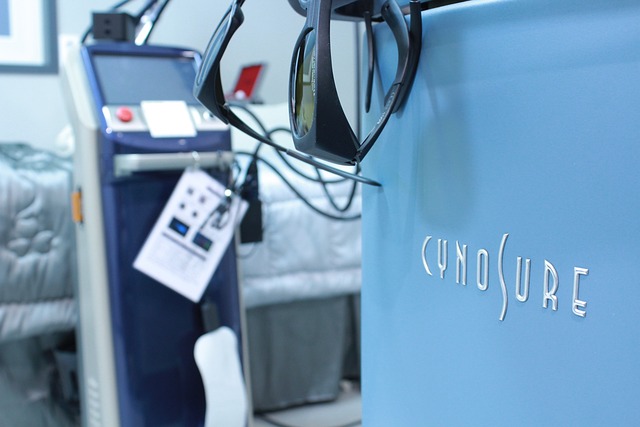Purpose of the review Due to the recent COVID-19 pandemic, several skin conditions have emerged due to preventive measures taken by both healthcare workers and the general population against SARS-CoV-2. Above all, the use of personal protective equipment, frequent hand washing, and disinfection of surfaces have resulted in an increased risk of irritant or allergic contact dermatitis. The aim of this review is to investigate contact dermatitis associated with the COVID-19 pandemic period. Recent findings There is real evidence of the increased prevalence of allergic and irritant contact dermatitis in response to the COVID-19 pandemic. The most commonly reported symptoms are dryness, itching and redness of the skin. The bridge of the nose, cheeks, forehead and hands represent the most affected skin sites. Summary Contact dermatitis lesions may appear as a result of several recommendations to prevent the transmission of COVID-19. Pressure and friction relieving procedures, gentle skin care, and adequate hydration have been identified as important preventive strategies for contact dermatitis related to personal protective equipment and personal hygiene measures. |
Comments
Throughout the COVID-19 pandemic, the prevalence of various skin conditions has increased as a result of preventative measures to combat the spread of the virus, according to the findings of a new study.
The cause of the increase is twofold: a greater push for personal hygiene practices and the use of personal protective equipment (PPE) for healthcare workers (HCW).
“PPE includes surgical masks, N95 respirators, goggles, caps, gloves and fluid-resistant gowns, all of which could be responsible for hyperhydration, friction, epidermal barrier breakdown and contact reactions, which leads to allergic contact dermatitis [ACD] or irritant contact dermatitis [CD],” the researchers wrote in Current Treatment Options in Allergy. “Of note, erythema, papules, maceration and peeling have been the most commonly reported skin lesions caused by prolonged use of PPE among 97% of healthcare workers. Clinical manifestations include burning, itching and stinging. Additionally, the risk of developing skin damage increases when PPE is worn for more than 6 hours.”
Commonly used among healthcare workers, gloves have been associated with a 2.68 times increased risk of hand xerosis and eczema. According to the researchers, the CD associated with PPE, such as gloves, can be traced back to the composition of the materials; for example, rubber glove accelerators used to make nitrile gloves, including thiurams, carbamates and diphenylguanidine.
This is also the case for facial PPE, the researchers say. The mixture of textile dyes used in surgical or cloth masks, as well as contact allergens such as polyurethanes and formaldehyde-releasing preservatives, have been reported to cause acute CD.
In a sample of 43 healthcare workers treating COVID-19 patients, irritant CD (ICD) was the most commonly reported skin condition (39.5%). Nearly two-thirds (63%) of HCWs reported ICD on the bridge of the nose and one-quarter (26%) reported ICD on the cheeks and chin.
The researchers cited another survey that compared the prevalence of skin reactions by mask type among 1,200 people and found that skin reactions, including ICD, were more likely in those wearing surgical masks or N95 respirators compared to cloth masks.
Recommendations to prevent and manage CD during the pandemic include the use of thin film dressings, thin hydrocolloid dressings, and barrier products made of acrylate, silicone, or dimethicone on pressure or irritated areas such as the bridge of the nose, cheeks, and ears. .
Outside of the healthcare setting, frequent handwashing and surface disinfection have been strongly encouraged among the general public. In one study, it was suggested that handwashing during the pandemic increased the risk of xerosis and eczema by 3.57 times.
“Soaps and detergents contain fragrances, surfactants and preservatives that are potential contact allergens that cause ACD. “ABHS has been implicated in the cause of skin dryness and subsequent DAI,” the researchers explained. “In addition, alcohol-based hand sanitizers [ABHS] often contain ingredients, such as fragrances, tocopherol, propylene glycol, benzoates, and cetylstearyl alcohol, that can also cause ACD. Most disinfectants and disinfectant wipes can be considered potential skin irritants and/or sensitizers, taking into account their compounds, including citric acid, ethyl alcohol, hydrogen peroxide, quaternary ammonium or sodium hypochlorite. .
Published recommendations to prevent and control CD suggest using ABHS containing at least 60% ethanol or 70% isopropyl alcohol and glycerin as humectants.
Conclusions
Prolonged use of PPE and improved hygiene practices by healthcare workers and the general population to prevent transmission of COVID-19 may result in increased numbers of skin diseases, including CD. In this context, the potential development of CD is preventable and manageable by adopting appropriate evidence-based skin care protocols.
Key factors in the successful prevention and management of CD during the COVID-19 pandemic are proper hand hygiene practices, regular application of moisturizers, and avoidance of the known culprit allergen.
















